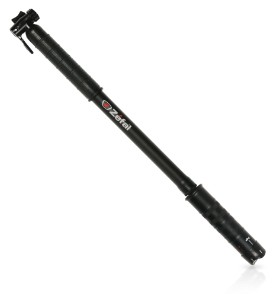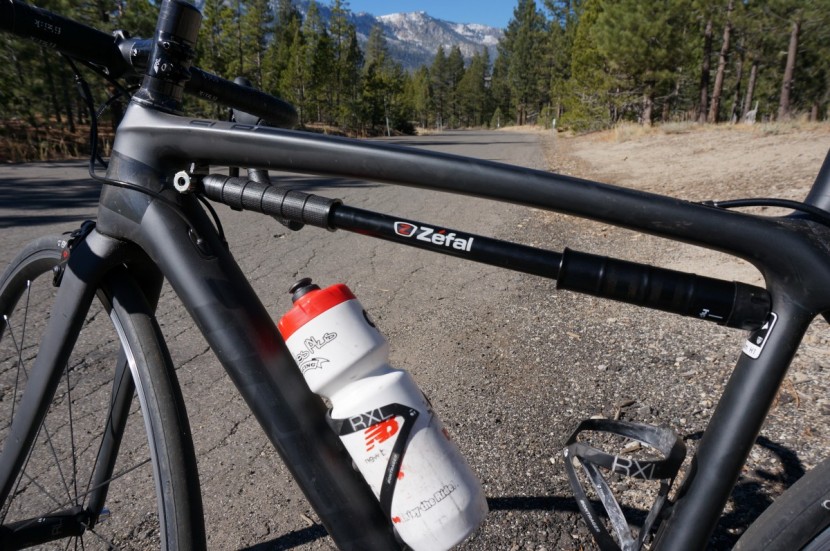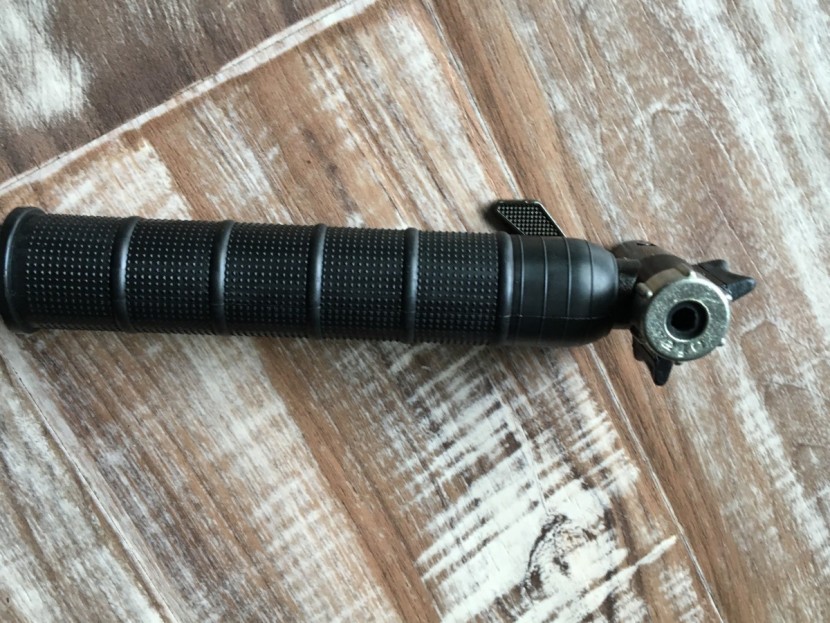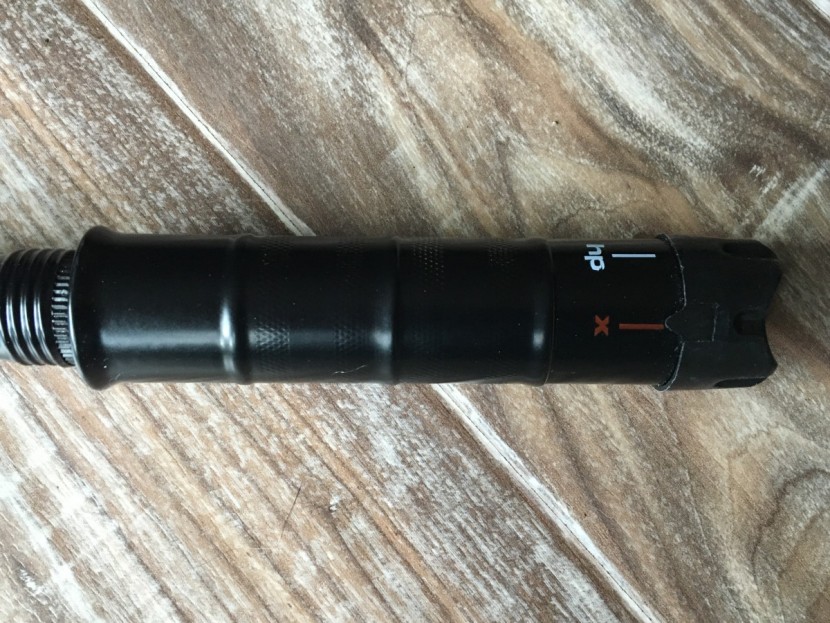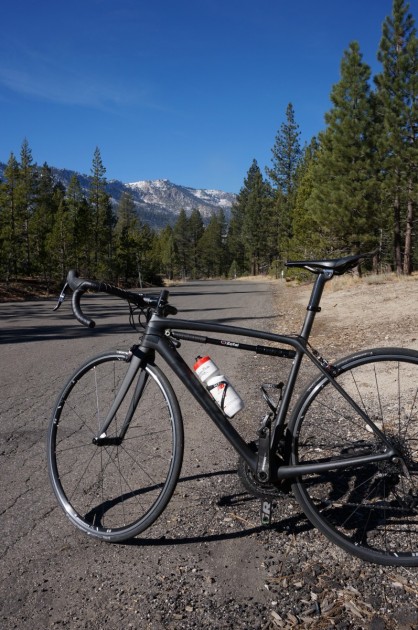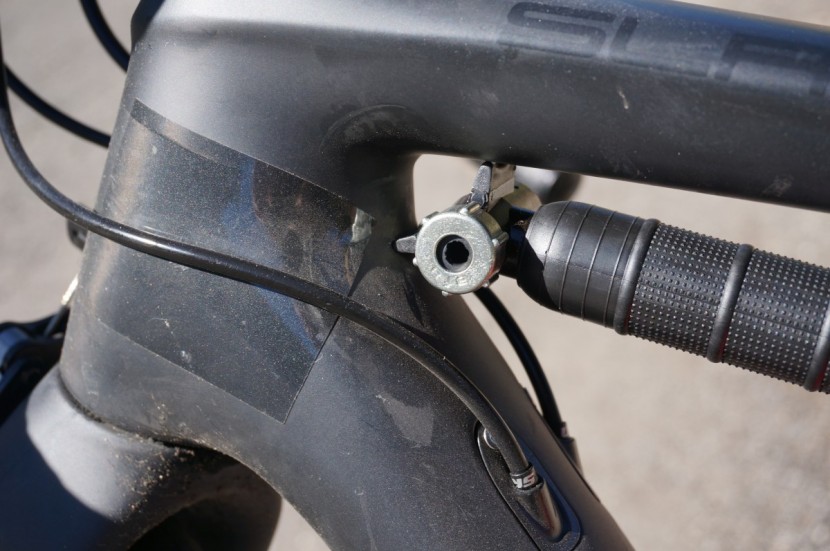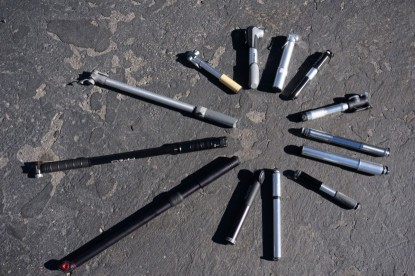Zefal HPX Review
Our Verdict
Our Analysis and Test Results
Zefal pumps have been around since the 1970s and are known for their reliability and secure mounting. Looking at the current HPX model compared to photos of the old HP model from the 70s, it appears that not much has changed. The HPX is a direct competitor to the Silca Impero. While the HPX does not look as polished as the Impero, it pumps well and has some nice features, such as a spring lockout on the handle.
Ease of Use
The HPX is relatively easy to use. The pump is stored on a bicycle frame by outward pressure from a spring-loaded handle. Mounting the pump to a frame is essentially the same process for all the frame pumps we tested. The Zefal has hard plastic bumpers on each end, making it slightly more difficult to mount than the Impero, which has flexible silicone bumpers. If you have a curvy or odd shaped frame or tubing, the Impero provides a more secure mount and is less likely to damage paint.
The HPX has a standard integrated pump head with locking lever. The lever is easy to use, but it is one more step as compared to the Impero with its press-on dual seal system. Pumping effort is comparable to the Impero.
Pumping Performance
The HPX is a solid performer when it comes to pumping. It achieved 95psi at 200 pump strokes in our road tire test, a respectable performance. But the Impero blows it out of the water, reaching 103 psi at only 112 strokes. The Impero is the clear winner when it comes to efficiency at high pressure, but the HPX will get the job done.
The HPX also did well on the higher volume mountain bike tire test, reaching 34psi at 300 strokes, compared to 37psi with the Impero Ultimate.
Looks/Design
We would be lying through our teeth if we told you that the HPX is a great looking pump. It does not have the clean lines and level of craftsmanship seen on the Impero. It has a much more rough-and-tumble feel with a nylon handgrip near the pumping head. The pump head and bumpers are far less elegant than what you will find on the Impero.
The HPX is rebuildable, but sourcing parts may be an issue. We had a hard time finding a retailer that stocks them. We like the option to lock out the spring so that you are not pushing against it at the end of the pump stroke, a feature you will not find on the Impero. We also appreciate the all-metal construction.
Portability
This is a very portable pump — when used on the right bike. It works on carbon frames, but the points of contact are not nearly as reassuring as those found on the Impero. We also experienced some rattling from the pump on rough roads that we did not have with the Impero. If you have a steel, aluminum or Titanium frame with traditional round tubing, then the HPX will work great. If you have a carbon frame, you will be better off with the Impero Ultimate or Pocket.
Durability
The HPX proved to be very durable during testing. The pump head did not develop any slop or play following pump testing, and we did not detect any noticeable loss of efficiency following testing. The pump is made almost entirely of aluminum with some internal steel components. The black finish showed no signs of corrosion chipping or wear.
The Impero scores higher due to its high-end internal components and readily available replacement parts, while the Lezyne Road and Pressure Drive pumps and theTopeak RaceRocket also score similarly to the Impero.
Value
This pump is a bargain at a low retail pice, as it's a solid pump. Comparably priced (or cheaper) pumps are the Topeak RaceRocket and the Pro Bike Tool High Pressure Gauge.
Conclusion
The Zefal is the working man's answer to the pricy Silca Impero. It does not pump as well as the Impero, nor look as nice, but it will get the job done.


